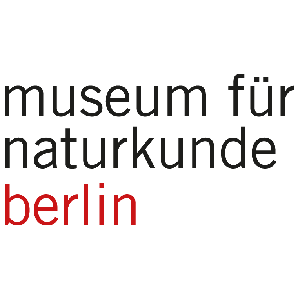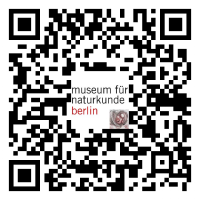DEC Berlin Meeting 2017: Difference between revisions
From Human Embryology
(→Links) |
|||
| Line 28: | Line 28: | ||
* [https://www.zeiss.com/microscopy/int/products/imaging-systems/axio-scan-z1.html Zeiss Axioskan] - Dr Thorsten Heupel | * [https://www.zeiss.com/microscopy/int/products/imaging-systems/axio-scan-z1.html Zeiss Axioskan] - Dr Thorsten Heupel | ||
* [http://www.openmicroscopy.org The Open Microscopy Environment] - [http://www.openmicroscopy.org/teams/index.html#swedlow-lab Dr Jean-Marie Burel] | * [http://www.openmicroscopy.org The Open Microscopy Environment] - [http://www.openmicroscopy.org/teams/index.html#swedlow-lab Dr Jean-Marie Burel] | ||
* The Practical Aspects of Slide Scanning (Discussion) - Dr Nenad Maricic and Hannes Sydow | * The Practical Aspects of Slide Scanning (Discussion) - Dr Nenad Maricic (Bochum) and Hannes Sydow (Gottingen) | ||
* Museum für Naturkunde Digitisation project – TBA | * Museum für Naturkunde Digitisation project – TBA | ||
Revision as of 14:20, 20 November 2017
Berlin Meeting - Dec 11 2017
Museum für Naturkunde - Leibniz Institute for Evolution and Biodiversity Science
Museum für Naturkunde Seminar Room Z 1108, 1st Floor (number 4 on attached program map)
Draft Program
Monday 11 December 11 AM - 5 PM
- Opening - Senior Museum TBA
- Introduction - Mark Hill
The Collections
- The Embryological Collection - Peter Giere
- The Hinrichsen Collection - Prof Beate Brand-Saberi
- The Kyoto Collection - Prof Shigehito Yamada
- The Domenech-Mateu Collection - Prof Rosa Mirapeix
- The HDBR and HuDSeN Collection - Dr Steven Lisgo
- The Blechschmidt Collection - Dr Mark Hill
- The Carnegie Collection - Elizabeth Lockett (virtual presentation)
2. Practical Applications Workshop
- The Maastricht embryo project - Prof Wouter Lamers
- Zeiss Axioskan - Dr Thorsten Heupel
- The Open Microscopy Environment - Dr Jean-Marie Burel
- The Practical Aspects of Slide Scanning (Discussion) - Dr Nenad Maricic (Bochum) and Hannes Sydow (Gottingen)
- Museum für Naturkunde Digitisation project – TBA
3. Collection/Scanner/Museum - Tour
Museum für Naturkunde - Embryology Collection
- "This collection of developmental stages and reproductive organs of vertebrates is the largest of its kind and was founded by Dutchman Ambrosius Hubrecht (1853-1915) at the end of the 19th century. Its original focus lay on placental mammals."
Links
- Natural History Museum, Berlin (naturkundemuseum) - English
- Embryological Collection - English | German
- Dr. Peter Giere - Local page | MFN page
Getting There
Museum Address: Invalidenstraße 43, 10115 Berlin, Germany
- Map - Natural History Museum | Street view
- Nearest station - U Natural History Museum (Berlin)
Main Page | Embryo Collections | Slide Scanning | Image Server | News | Links | Test page | Site Map

